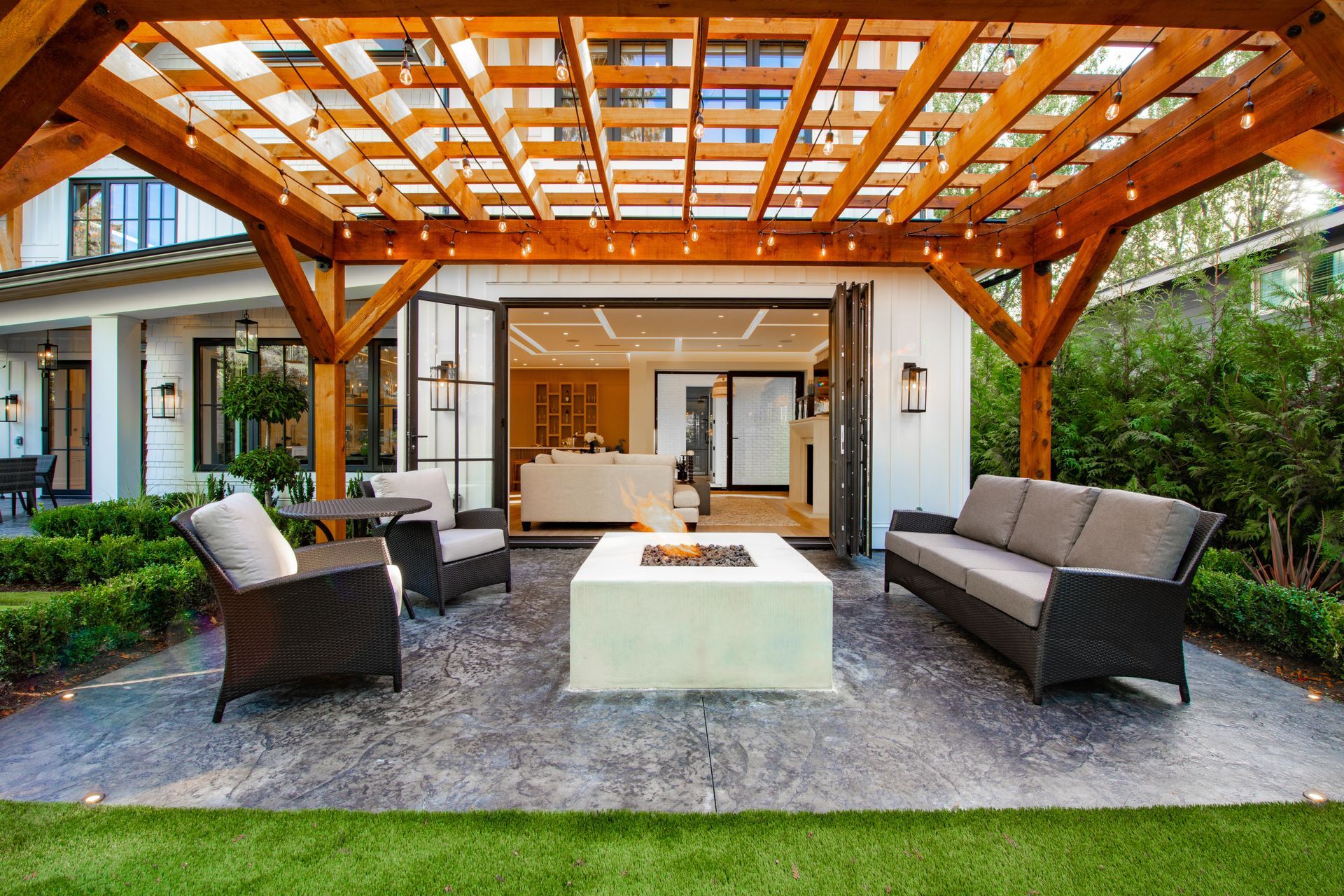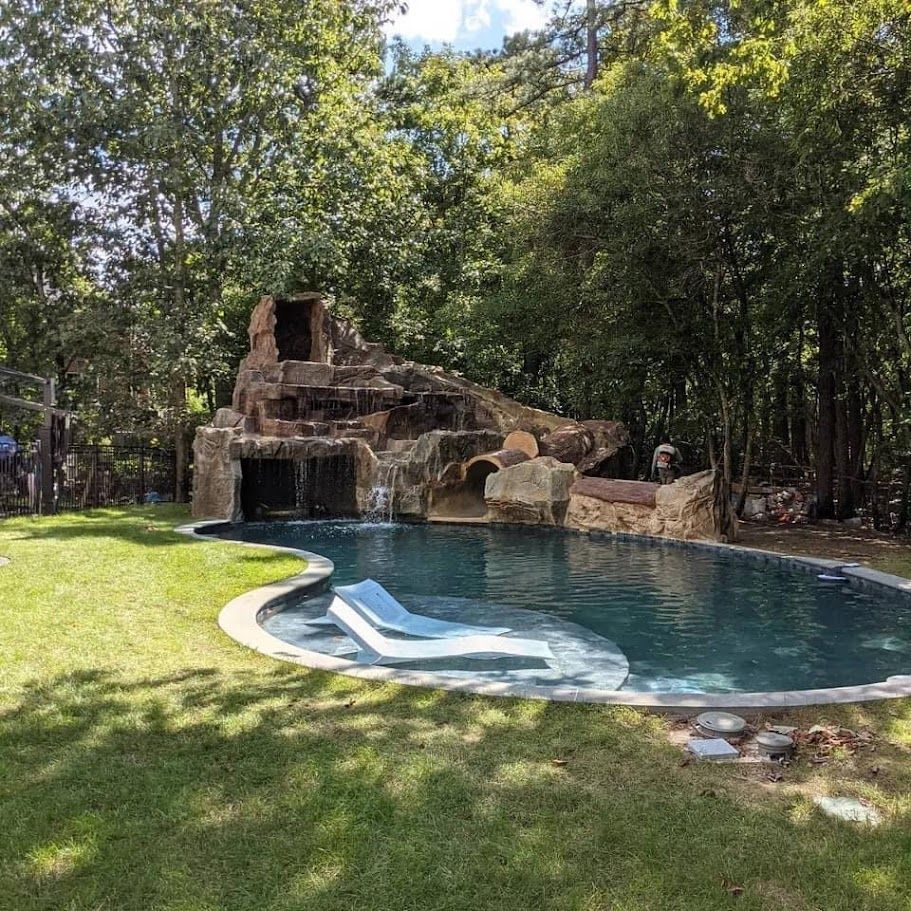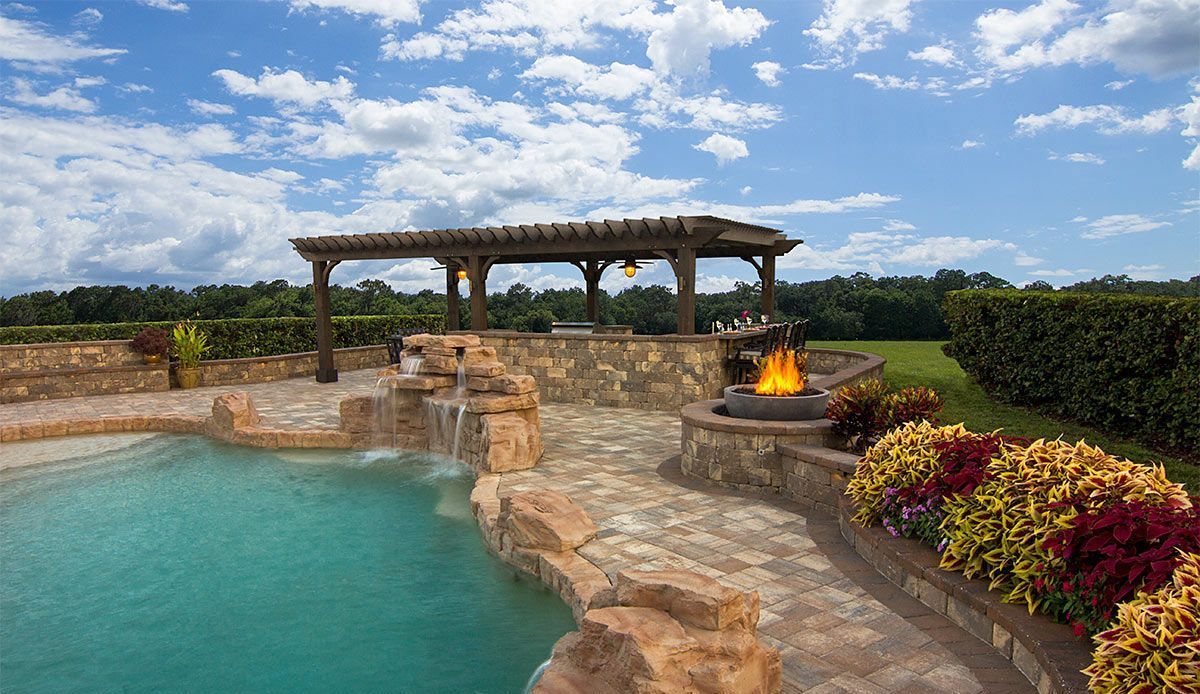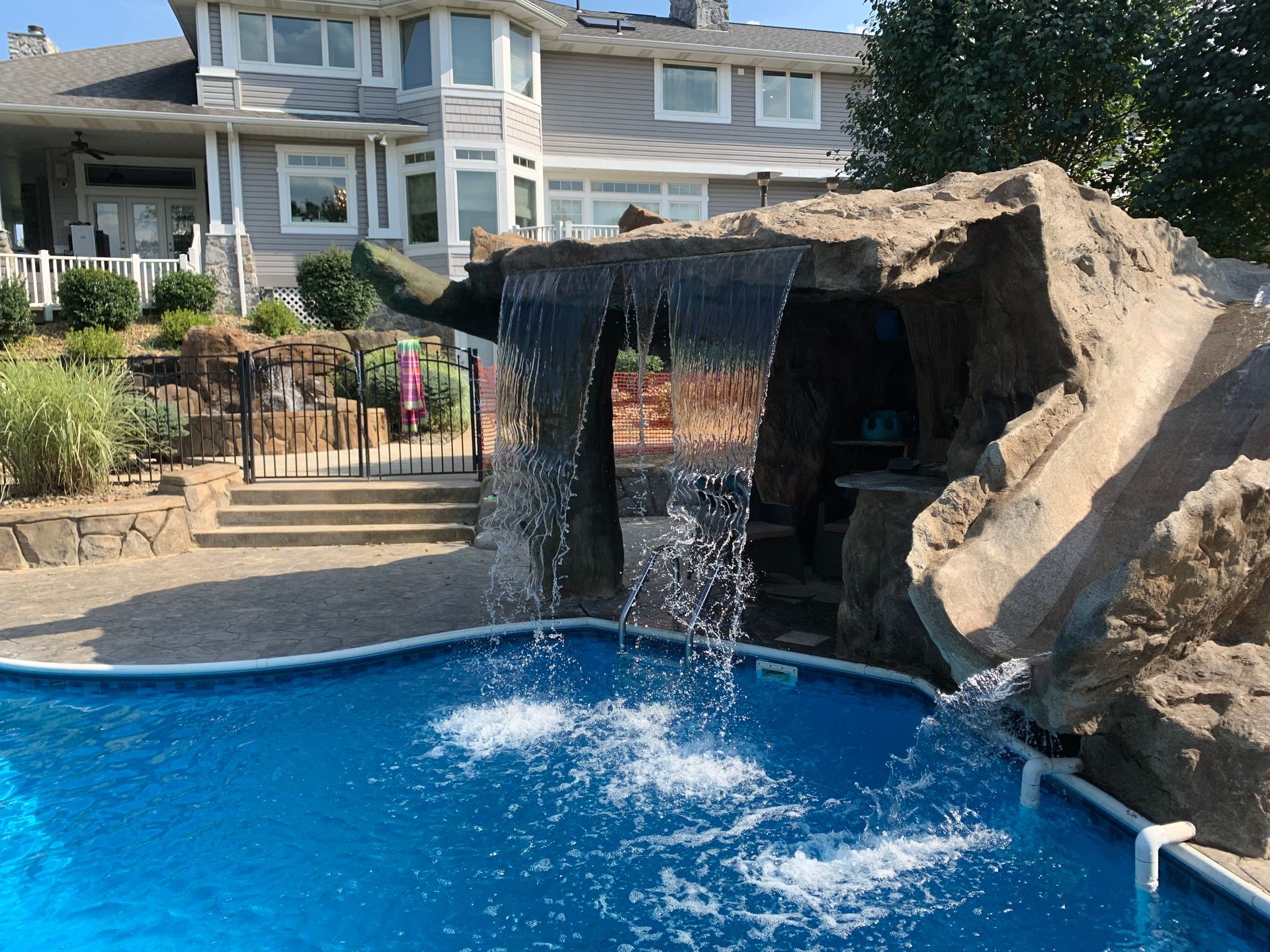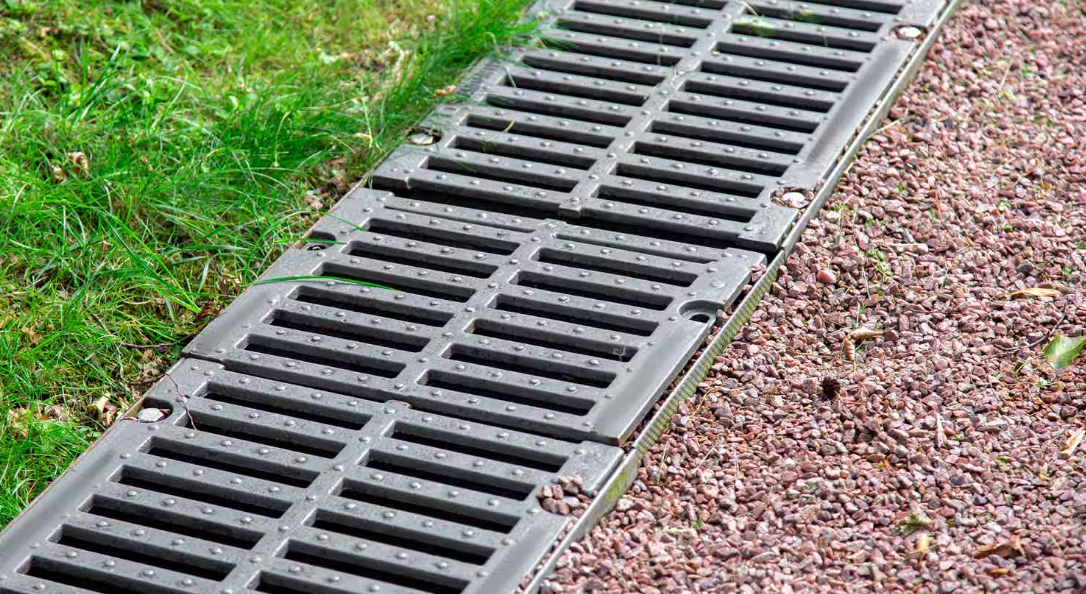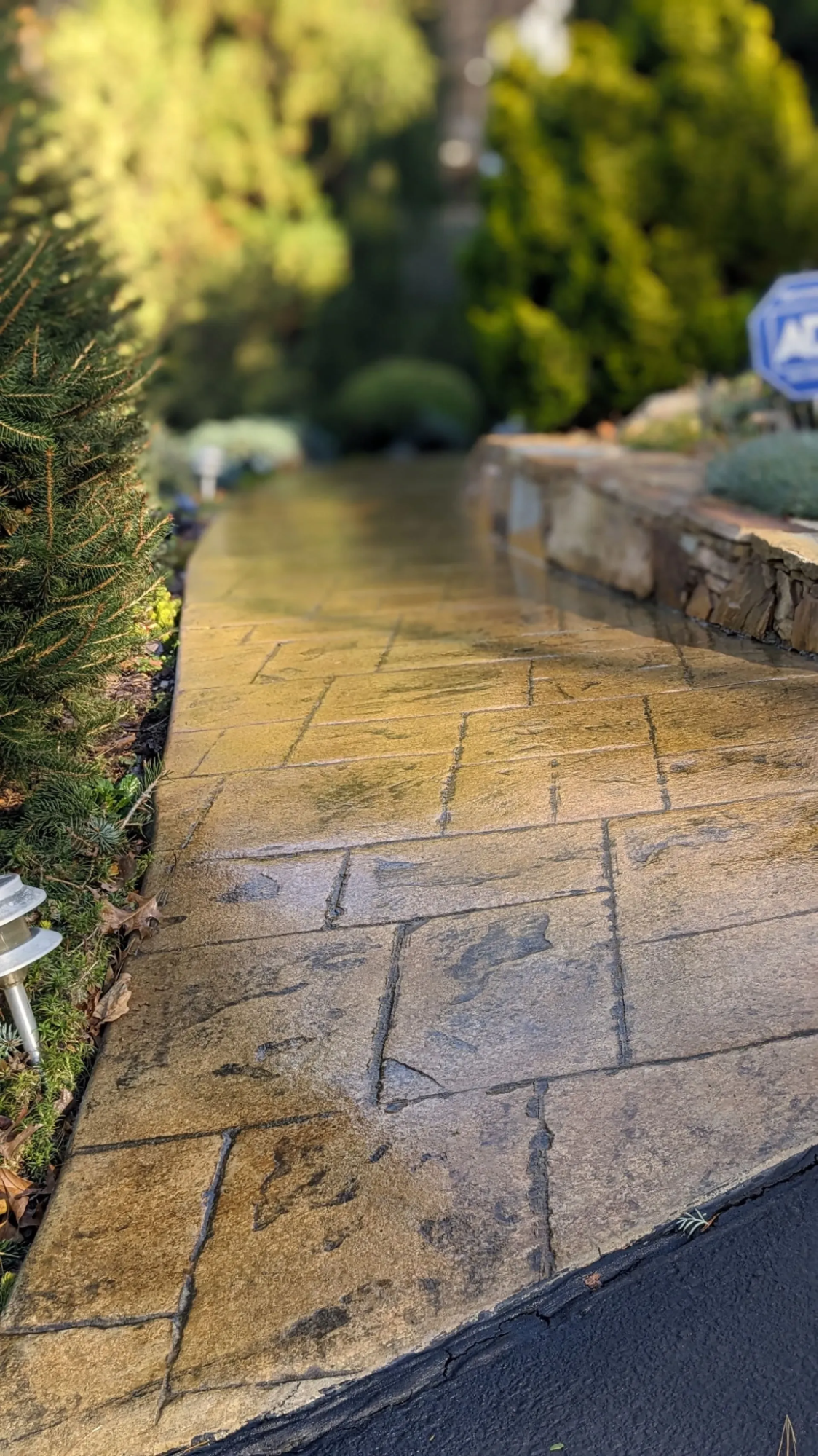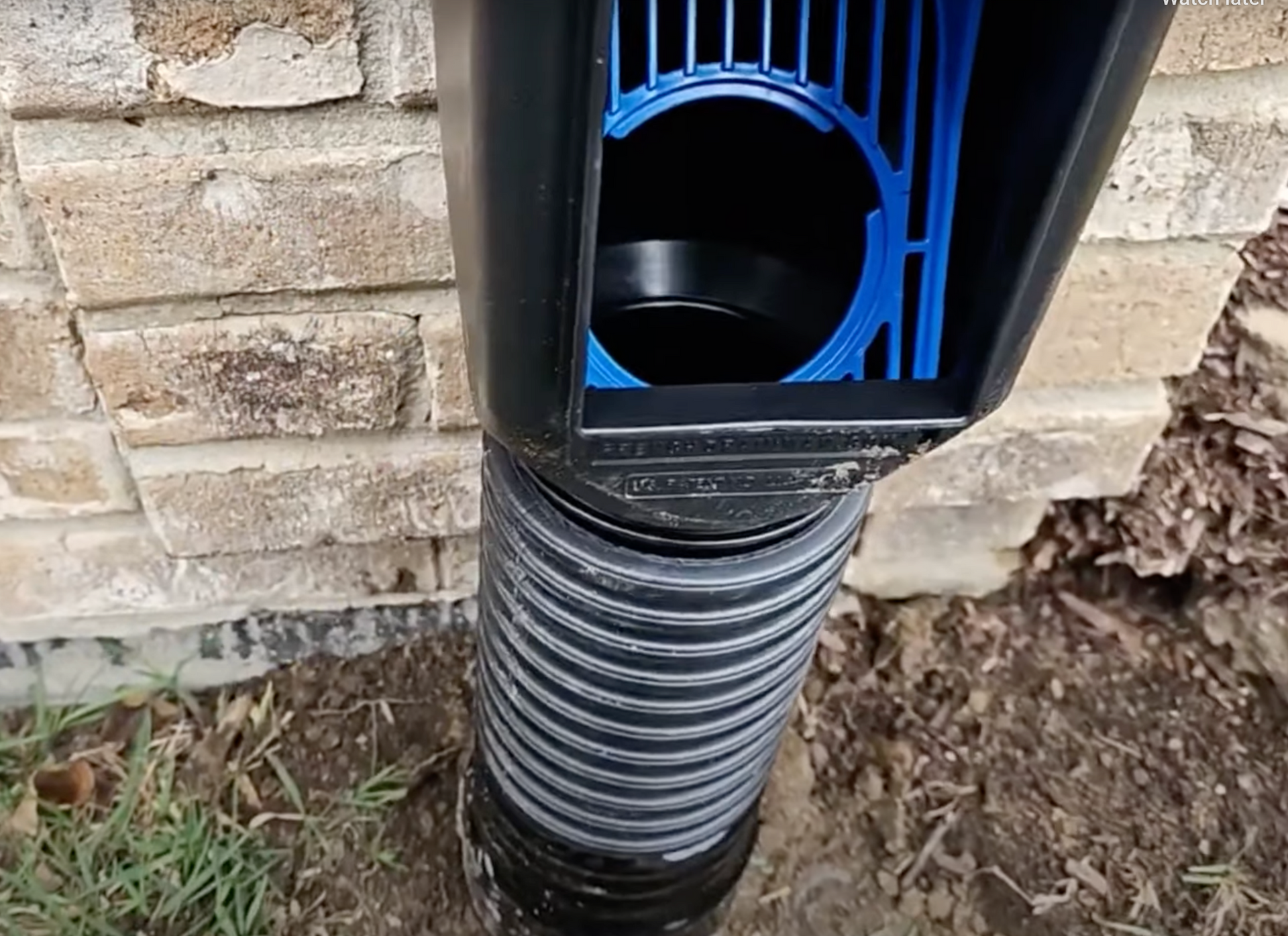Efficient Channel Drain Installation for Water Management Solutions
Heavy rain, overflowing gutters, puddles on the patio—you’ve probably seen what poor drainage does to a home’s exterior. Water settles, surfaces stain, concrete cracks, and before long, what looked great starts falling apart.
But here's the truth most contractors won’t tell you upfront: good water management starts with the layout, not after the fact. That’s where channel drains come in.
Channel drains are the unsung heroes of outdoor living spaces. When installed right, they keep patios, pool decks, driveways, and walkways safe, dry, and long-lasting.
This article breaks down how channel drains work, where to install them, why stamped or decorative concrete projects need them, and how to avoid common mistakes. If you care about protecting your investment, this is worth the read.
What Is a Channel Drain?
A channel drain (also known as a trench drain) is a long, narrow drain installed into hard surfaces like concrete or pavers. It collects surface water and carries it away through underground pipes to a designated drainage area—like a pop-up emitter, swale, dry well, or storm sewer.
The goal is simple: get water off the surface fast before it causes damage.
You’ll usually see channel drains along:
- Driveways
- Pool decks
- Patios
- Walkways
- Garage entrances
- Retaining walls or slope transitions
Unlike spot drains, which only pull water from a single point, channel drains catch water across a wide area, making them ideal for flat surfaces or spots where water tends to collect.
Why Proper Drainage Matters
Ignoring drainage is one of the fastest ways to ruin even the nicest hardscape.
Here’s what poor drainage causes:
- Standing water that stains surfaces and attracts pests
- Slippery patios and walkways that become dangerous
- Erosion around edges that leads to uneven settling
- Cracks in concrete from freeze/thaw cycles or waterlogged soil
- Foundation issues if runoff moves toward the house
You can spend thousands on a stamped concrete patio or pool deck, but if you don’t manage the water, you’ll be fixing or replacing it far sooner than you planned.
When to Install a Channel Drain
The best time to install a channel drain is before concrete is poured or pavers are laid. It needs to be part of the site prep—not an afterthought.
Here are a few signs your project needs one:
- The surface is
larger than 400 square feet and mostly flat
- Your yard has
poor natural drainage or heavy clay soil
- You're installing concrete
next to a structure or slope
- You live in a region with
frequent or heavy rainfall
- You notice puddles on existing hardscapes during storms
If you’re not sure, a reputable contractor should assess your slope, runoff paths, and soil type before recommending a drainage solution.
How Channel Drain Installation Works
Installing a channel drain is technical but straightforward when done by pros. Here’s what the process looks like:
1. Planning the Slope
The entire surface—whether it’s a driveway, patio, or pool deck—needs to slope slightly toward the drain. A 1–2% grade is typical. This allows gravity to do the work.
2. Excavating and Forming the Trench
Before pouring concrete or laying pavers, the crew cuts a trench the length of the drain and sets the drain body in place. This includes checking elevation and outlet connection points.
3. Connecting the Drainage Line
The channel connects to underground piping that moves water to the outlet of your choice. This could be a dry well, storm drain, or pop-up emitter.
4. Securing the Channel and Pouring Concrete
Once the drain body is level and in position, concrete is poured around it, embedding it into the surface. If the surface is stamped or decorative, the drain is blended into the design.
5. Installing the Grate
After curing, the final grate is placed. These come in stainless steel, cast iron, plastic, or decorative designs to match your project.
Best Materials and Grate Options
Choosing the right grate matters—not just for looks, but also for durability and safety.
Popular materials include:
- Stainless Steel: Rust-resistant, modern appearance, durable in all climates
- Ductile Iron: Super strong, good for driveways or vehicle traffic
- Decorative Cast Aluminum: Great for upscale patios and pool decks
- Heavy-Duty Plastic (HDPE): Affordable and UV-resistant, good for walkways or light traffic
Look for grates that are ADA-compliant if the space is public or needs to be walker/wheelchair-friendly.
Common Mistakes to Avoid
1. Poor Slope Planning
If the surrounding surface doesn’t slope toward the drain, it won’t work. Period. This has to be calculated before the pour.
2. Using the Wrong Drain Type
Don’t use residential-grade plastic in a driveway that sees heavy trucks. It’ll crack or sink. Always match the drain system to the load rating required.
3. Not Connecting to a Proper Outlet
A channel drain is only as good as where it sends the water. If it dumps water into a low spot in your yard, the problem’s just moved.
4. Skipping Maintenance
Over time, debris, leaves, and dirt can clog the channel. Grates should be removable, and the system should be flushed yearly for peak performance.
Channel Drains with Stamped Concrete and Pavers
Good news: channel drains don’t have to ruin the look of your stamped concrete or paver patio.
In fact, they can be worked into the pattern or layout so they blend in seamlessly.
- Use narrow linear grates in the same tone as the stamped surface
- Cut joints to direct water toward the drain naturally
- For pavers, use edge restraints to keep drain lines straight and secure
A skilled contractor can even align the channel drain with grout lines, so it disappears into the design.
Long-Term Benefits
Investing in proper drainage pays off. With a professionally installed channel drain, you’ll get:
- Fewer repairs to concrete or hardscape
- Safer, drier walkways and patios
- No water pooling around foundations or structures
- Less erosion or shifting of pavers
Peace of mind when the rain hits
Final Thoughts
Don’t treat drainage like an afterthought—it’s part of the foundation of any good outdoor space. Whether you’re installing a new stamped concrete patio or upgrading an old driveway, a well-designed channel drain system will protect your investment for years to come.
Elite Outdoor Living Solutions offers professional drainage planning and channel drain installation for high-end patios, driveways, pool decks, and more. We work with builders, designers, and homeowners to ensure every project looks great—and functions like it should.
Get in touch today to learn how we can help design a water-smart solution for your outdoor space.
